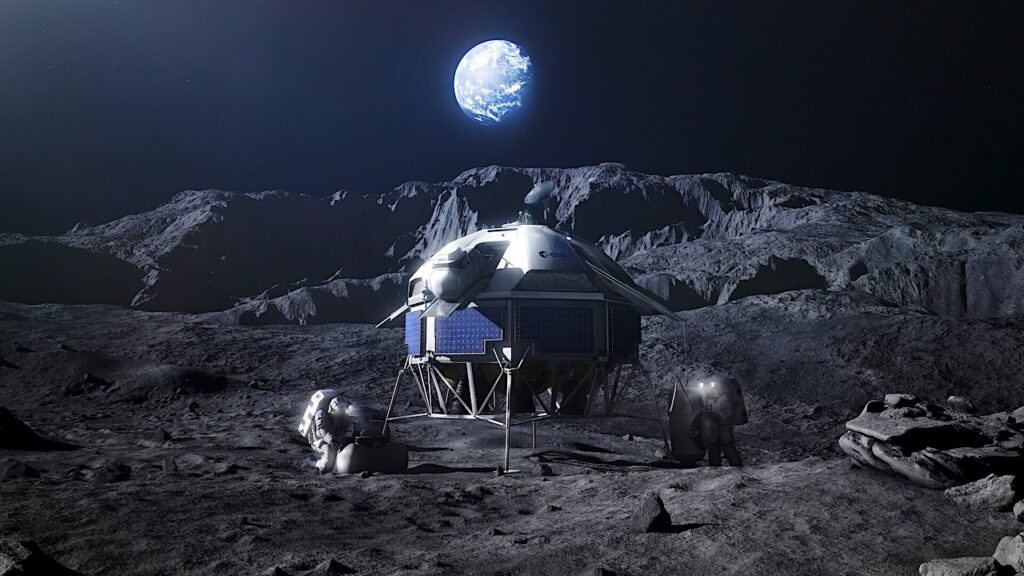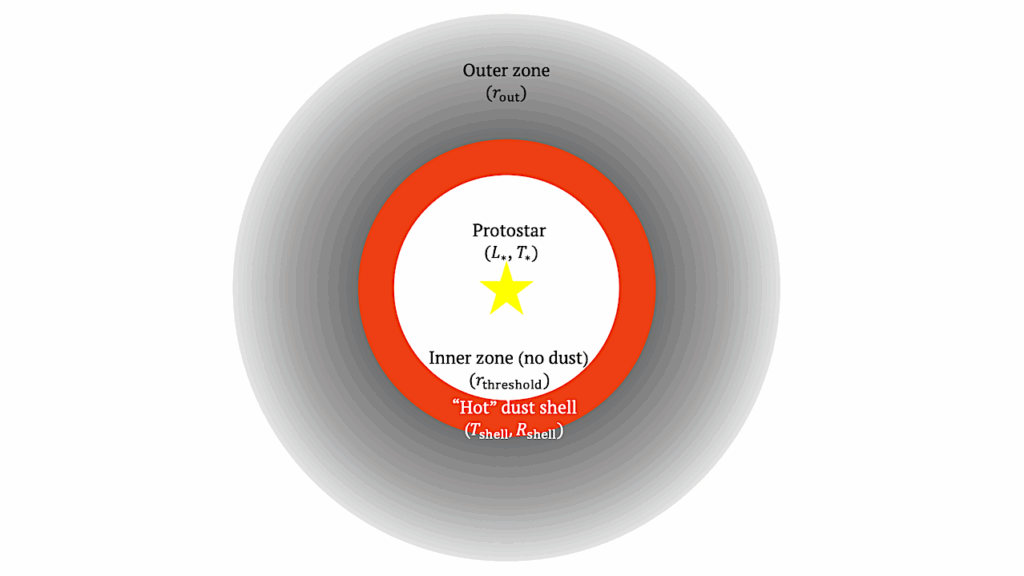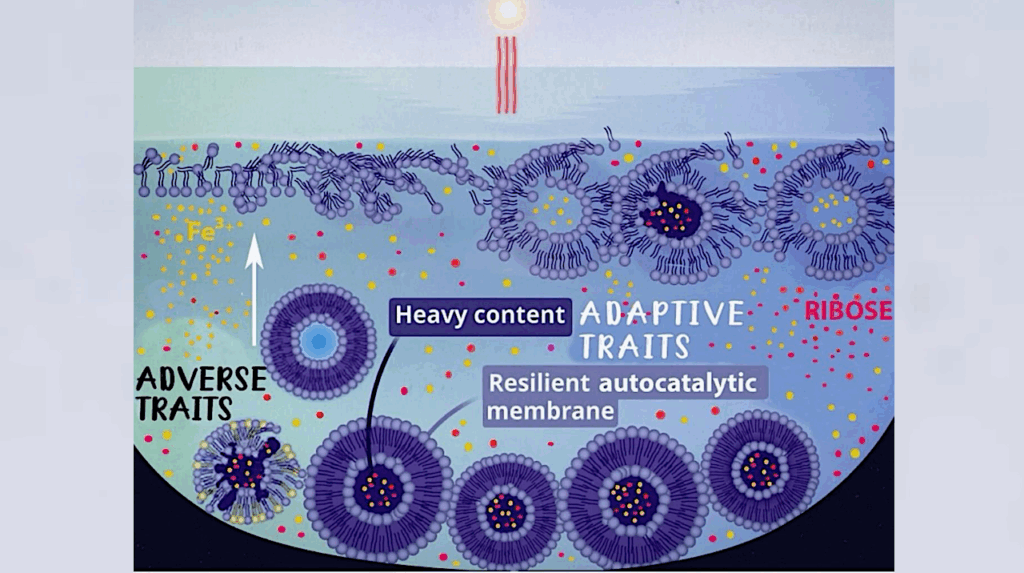A High Internal Heat Flux and Large Core in a Warm Neptune Exoplanet

Interactions between exoplanetary atmospheres and internal properties have long been hypothesized to be drivers of the inflation mechanisms of gaseous planets and apparent atmospheric chemical disequilibrium conditions.
However, transmission spectra of exoplanets has been limited in its ability to observational confirm these theories due to the limited wavelength coverage of HST and inferences of single molecules, mostly H2O. In this work, we present the panchromatic transmission spectrum of the approximately 750 K, low-density, Neptune-sized exoplanet WASP-107b using a combination of HST WFC3, JWST NIRCam and MIRI.
From this spectrum, we detect spectroscopic features due to H2O (21σ), CH4 (5σ), CO (7σ), CO2 (29σ), SO2 (9σ), and NH3 (6σ). The presence of these molecules enable constraints on the atmospheric metal enrichment (M/H is 10–18× Solar), vertical mixing strength (log10Kzz=8.4–9.0 cm2s−1), and internal temperature (>345 K). The high internal temperature is suggestive of tidally-driven inflation acting upon a Neptune-like internal structure, which can naturally explain the planet’s large radius and low density.
These findings suggest that eccentricity driven tidal heating is a critical process governing atmospheric chemistry and interior structure inferences for a majority of the cool (<1,000K) super-Earth-to-Saturn mass exoplanet population.
Luis Welbanks, Taylor J. Bell, Thomas G. Beatty, Michael R. Line, Kazumasa Ohno, Jonathan J. Fortney, Everett Schlawin, Thomas P. Greene, Emily Rauscher, Peter McGill, Matthew Murphy, Vivien Parmentier, Yao Tang, Isaac Edelman, Sagnick Mukherjee, Lindsey S. Wiser, Pierre-Olivier Lagage, Achrène Dyrek, Kenneth E. Arnold
Comments: This preprint has not undergone any substantive post-submission improvements or corrections. The Version of Record of this article is published in Nature here: this https URL
Subjects: Earth and Planetary Astrophysics (astro-ph.EP)
Cite as: arXiv:2405.11018 [astro-ph.EP] (or arXiv:2405.11018v1 [astro-ph.EP] for this version)
Related DOI:
https://doi.org/10.1038/s41586-024-07514-w
Submission history
From: Luis Welbanks
[v1] Fri, 17 May 2024 18:00:00 UTC (8,530 KB)
https://arxiv.org/abs/2405.11018
Astrobiology








